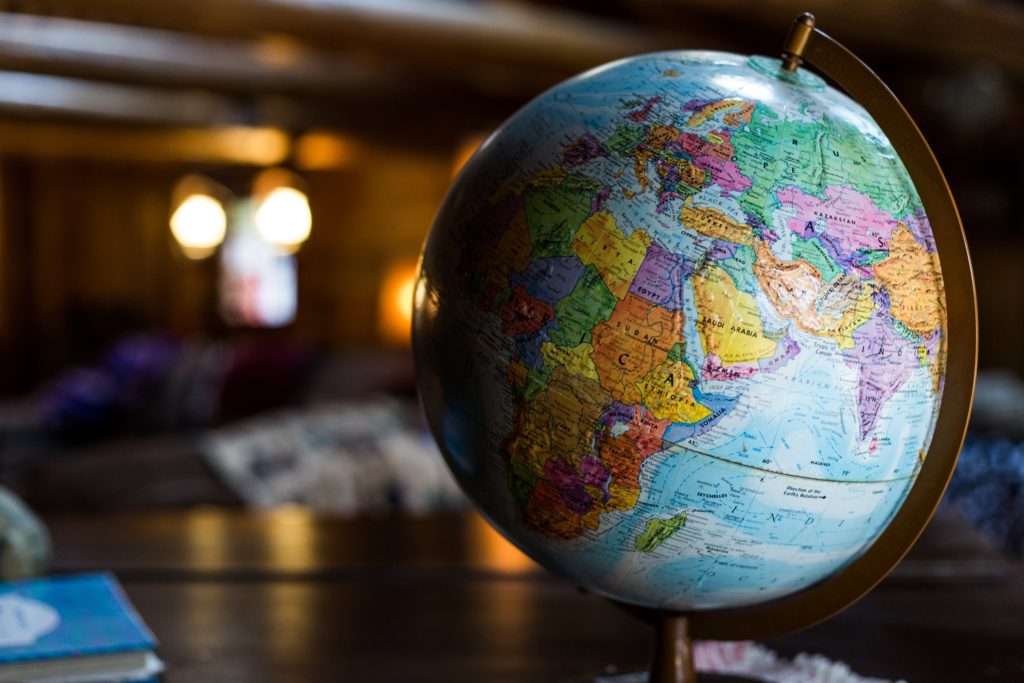
Emigrant vs Immigrant
Immigrant, emigrant and expat are all words that are used to describe people who have moved away from their native country. Below, we explain the differences between each term and how they each affect a country’s population as well as global migration.
What’s the difference between an emigrant and an immigrant?
An emigrant will emigrate – meaning, they will move away from a country. An immigrant immigrates, which means they move into a country. So, an individual can be both an emigrant and an immigrant. They will be an emigrant in their original country and immigrant in their new country.
The terms are mainly used to track groups of people. For example, a country will have a number of emigrants – people who have moved out of the country – as well as a number of immigrants – people who have moved into the country. Monitoring both these groups will contribute to tracking the total population of a country.
Where do expats fit in?
‘Expat’ comes from the word ‘expatriate’. An expatriate is someone who lives outside of their native country. In the past, when living and working abroad was less common, expats were mainly wealthy people who were given high wages and exclusive housing abroad, usually with exclusive private education for their children. Now, the term expat is used for all sorts of people who live and work outside of their country of citizenship, as well as people who retire overseas.
What causes people to emigrate and immigrate?
People will choose to live and work overseas for all sorts of reasons. Some people will emigrate looking for a better quality of life or economical circumstances. They may go overseas for better jobs and better wages. Some people want to move to a specific country to take advantage of preferable weather or low cost of living.
Sometimes emigration is caused by political situations. Wars or volatile governments can cause people to move overseas in search of stability and security.
Sometimes immigration is encouraged by the host country. They may offer advantageous visas for overseas workers, often for individuals who have specific skills or qualifications. They do this to improve the workforce in the country, and so improve the economy. Sometimes permanent residence is offered for immigrants and other times they will only be permitted to stay for a fixed period of time.
What are migration corridors?
Migration corridors are routes of people regularly moving from one country to another. The most popular migration corridor is between Mexico and the USA, which has seen over 12 million people move from Mexico to live in the USA in recent years. Another popular migration corridor is between India and the UAE, which has recently seen 3.3 million people move out of India to live and work in the UAE.
Another popular migration corridor is between Bangladesh and India, which recently had 3.1 million people move from one country to another. There is also a migration corridor from the UK to Australia, which has seen over 1 million people move away from the UK to live and work in Australia.
Which country has the most immigrants?
Recent data shows that the USA has the highest number of immigrants, with 50.6 million foreign-born residents. This amounts to 15% of the total population. Germany has the second-highest number of foreign-born residents, at 15.8 million, followed by Saudi Arabia at 13.5 million. Russia has 11.6 million immigrants, and the UK has 9.4 million immigrants.
One of the most interesting countries with a high number of immigrants is the UAE. It has 8.7 million foreign-born residents, the 6th highest number in the world. But the UAE actually has the highest proportion of immigrants in the world, with 89% of the total population being born overseas. The largest group of immigrants in the UAE is South Asian (58% of the population). This is followed by Asians (17%) and Westerners (8.5%).
If you’re planning to move abroad, don’t forget your international health insurance. Expatriate Group is an expert in global medical insurance, providing comprehensive cover for individuals, families, and corporates in over 180 countries across the world. Get a quote for your insurance today.
